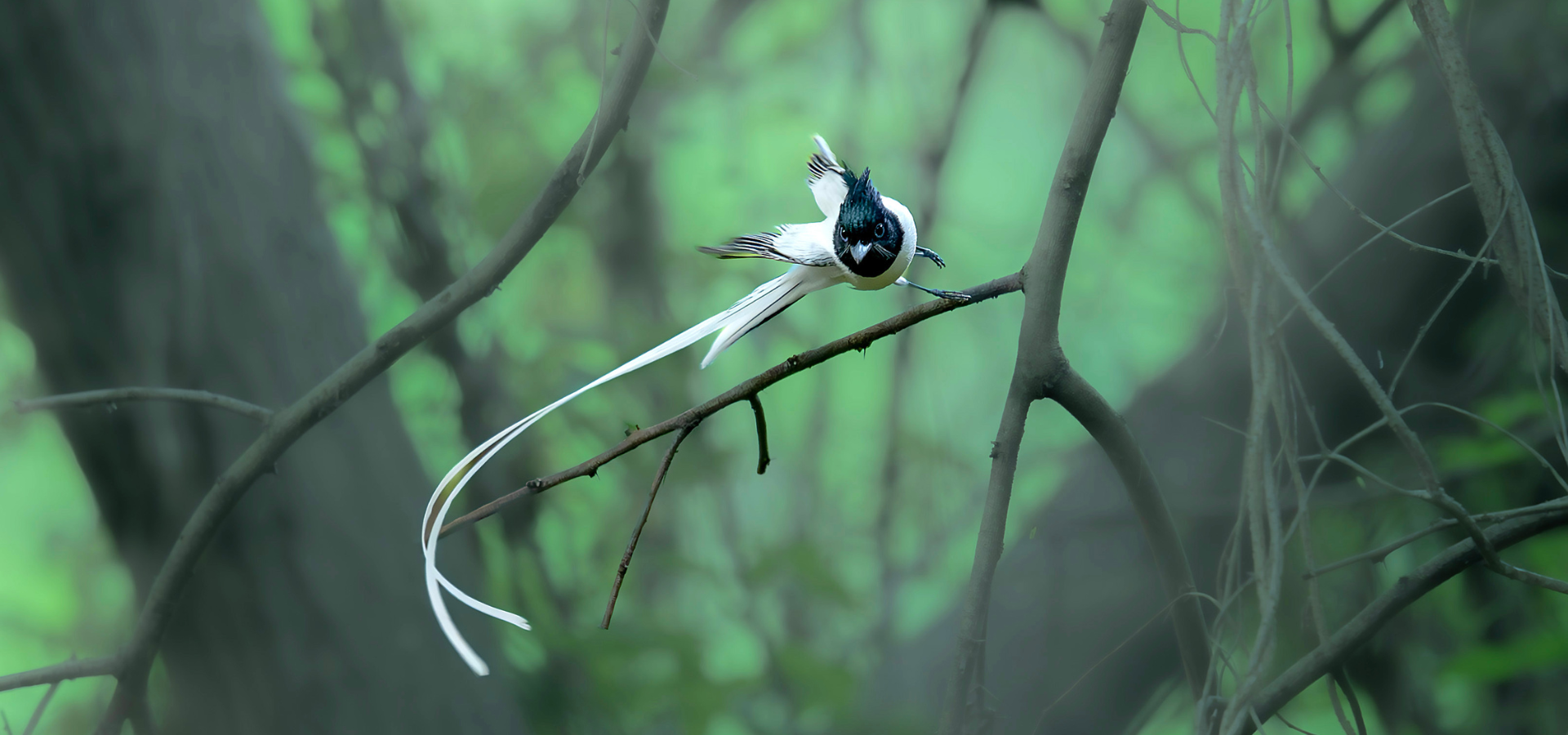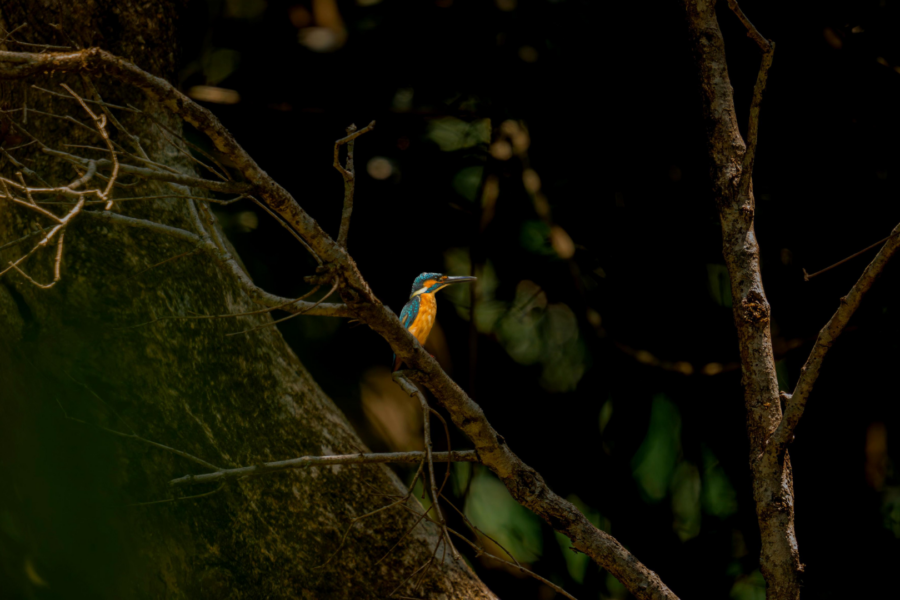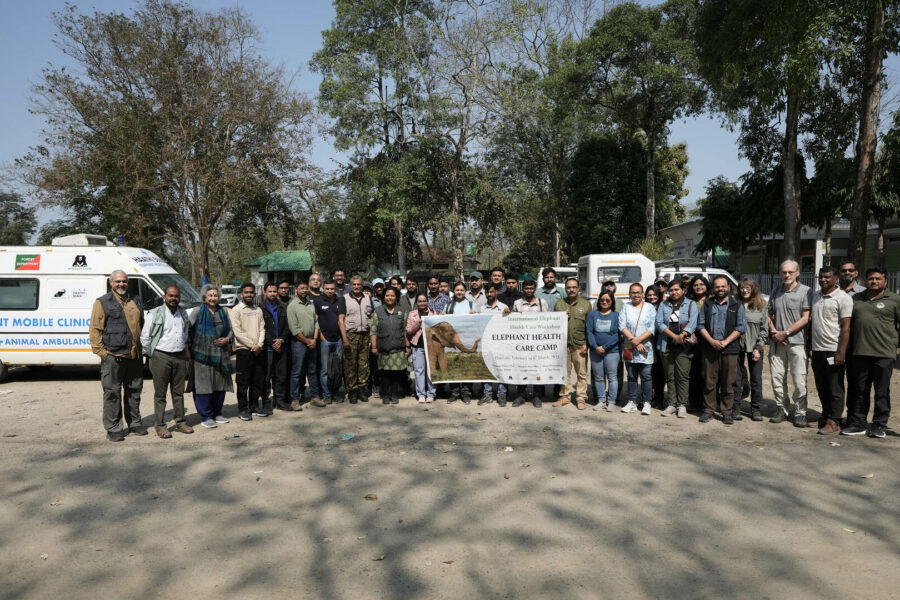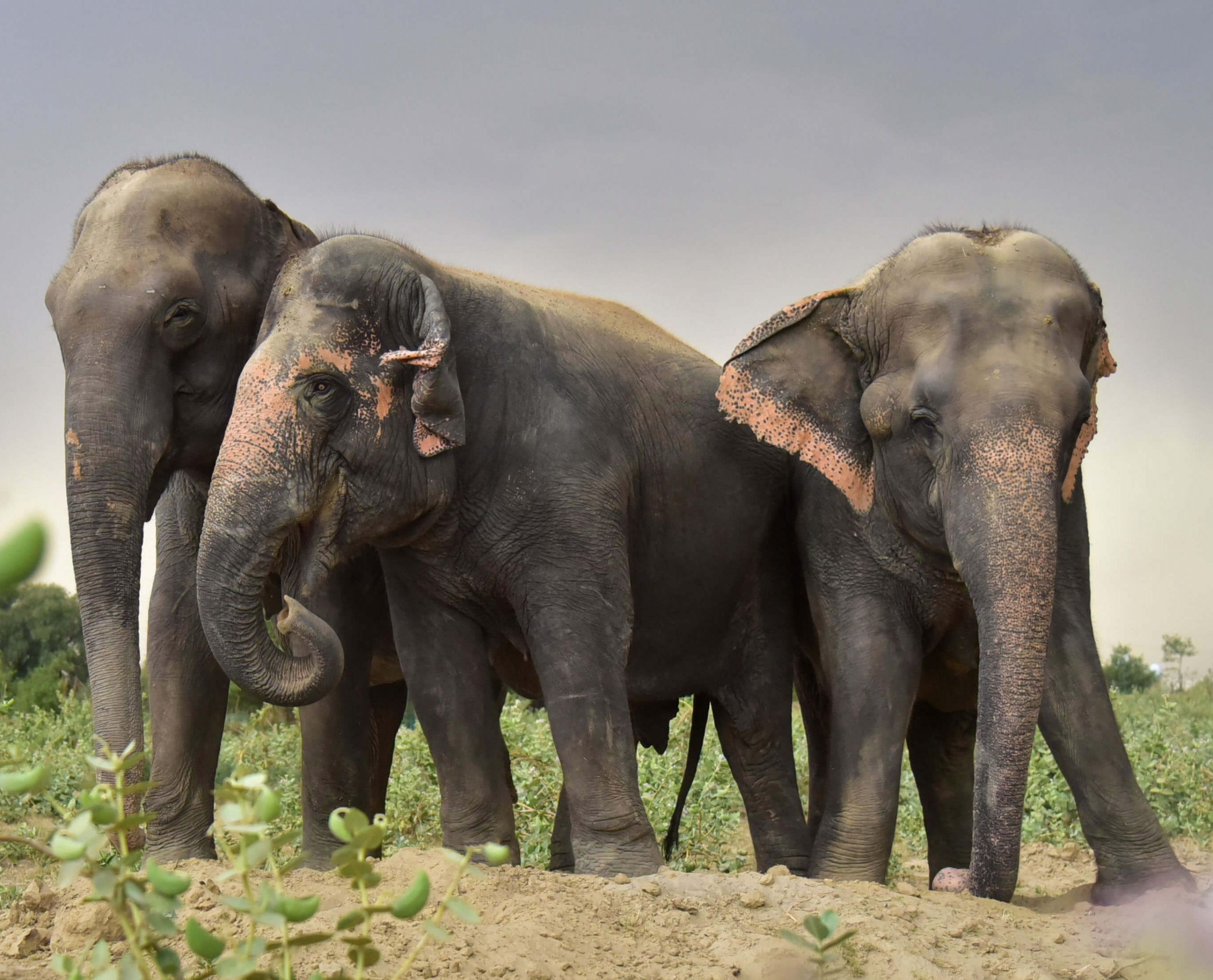Wildlife SOS introduces a series “Things You Didn’t Know About” that explores fascinating and lesser-known facts about various species. Our writers spotlight one inhabitant of the wild, unveiling its unique characteristics and roles in the ecosystem. This article is about the Indian paradise flycatcher, a bird that is a visual delight for birdwatchers and wildlife photographers alike!
“…you are the universe in ecstatic motion” – Rumi.
Watching an Indian paradise flycatcher in flight is magical. Those who have seen this bird would agree that as it glides through the trees with its long ribbonlike tail, the bird makes for an ethereal sight. Its unique and elegant movement reminds us of how nature is home to such enchanting beauty, and how we often overlook them in our busy lives.

In the animal kingdom, it’s often the males that stand out with bold striking features, and the Indian paradise flycatcher (Terpsiphone paradisi) is no exception. The striking white plumage of adult males has led to the bird to be known as the Dudhraj, where the word dudh means milk in Hindi. The term raj following it indicates a royalty, which reflects in this bird’s graceful appearance. The bird is also referred to as shah bulbul that gives it another kingly reference.
While only adult males are found in regal white, not all don the same appearance. Male Indian paradise flycatchers may be found with a rufous back, the colour extending to its long tail as well.

Indian paradise flycatchers are found all across India and in deciduous and evergreen forests, mangroves, and even in green urban areas of the Indian subcontinent. These birds are skilled aerial hunters, gliding and darting through dense canopies to catch flying insects mid-air such as grasshoppers, beetles, moths and butterflies.

Even though they adapt to diverse habitats, paradise flycatchers residing in the Himalayas and northern regions of India migrate during the winter season. Those residing in the Himalayas come down to the plains, while the rest of the northern population travel to southern India and Sri Lanka to join the resident population in those regions. These birds are known to undertake extensive migration journeys at night, and are guided by their innate ability to navigate through Earth’s magnetic fields.

Both male and female Indian paradise flycatchers have glistening heads and crests that are deep blue or black. However, only male paradise flycatchers exhibit dimorphism. In the initial years of their life, male paradise flycatchers have the same reddish-brown (rufous) plumage, white underbelly, and short square tails as females do. But as the males mature between the ages of two and four, they grow tails that are long and slim, with only some transforming their feathers into pure white. The females, on the other hand, keep their warm rusty tones throughout their life, allowing them to stay hidden while nesting. To impress potential mates, males often perform graceful courtship behaviour, soaring through the air in agile, acrobatic flights, with their tails trailing behind like streamers.

The parent birds remain monogamous during the breeding season that lasts between May and July, and play an equal part in building nests, incubating and feeding their chicks. They construct exquisite cup-shaped nests in the forks of tree branches. Both the male and the female bring in materials like spider webs, plant fibres, and strips of tree bark to build the nest.

Bird populations in India are facing grave challenges due to habitat loss and habitat fragmentation. Urbanisation and deforestation have significantly impacted the availability of their nesting and feeding sites, forcing these birds to adapt to human-altered landscapes.
Wildlife SOS has therefore launched the Rewild for Wildlife project to restore native habitats, improve green cover, and provide safe spaces for birds of India to thrive in the wild.

To support our endeavour towards wildlife and habitat conservation, consider making a donation today. And to know more about the wonderful world of wildlife SOS, subscribe to our newsletter!
Feature image: Akash Dolas/ Wildlife SOS





